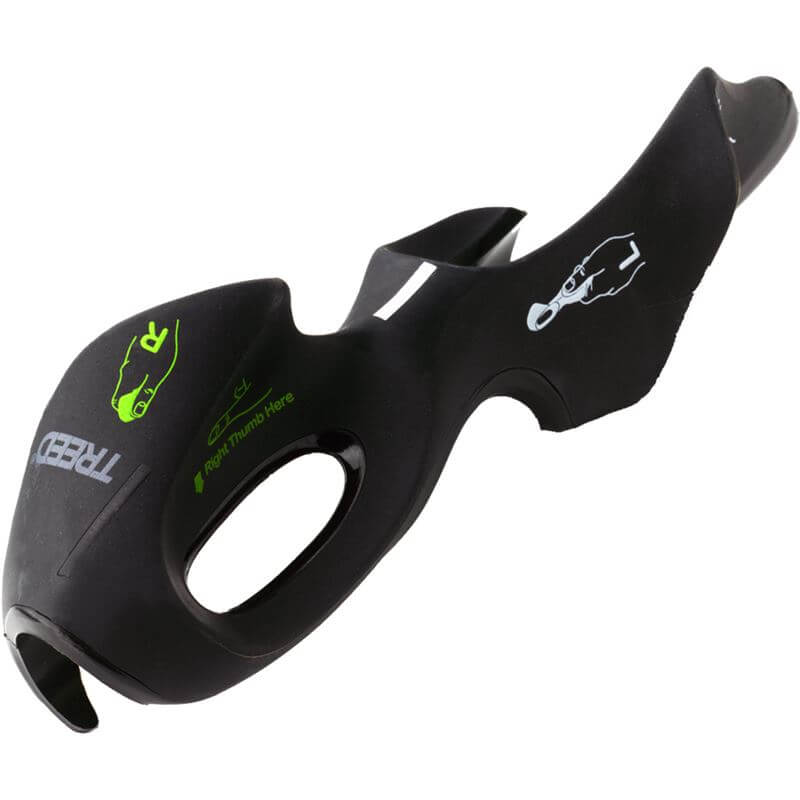Josh’s Tips & Tricks: Get a Grip.
Welcome
Welcome to this weeks tips & tricks. If you trust the weather forecast we could all be playing some golf in shorts and a polo shirt over the next few weeks! Hard to believe after the weather we have had through May but hopefully the summer starts here and golf courses will be full of happy golfers.
Back to basics again this week with the grip. Everyone feels comfortable holding the club in their own way which makes changing the grip very difficult as its your only point of contact with the silly metal stick. Getting your grip closer to correct can help with direction, ball striking, clubhead speed and the overall dynamics of the swing.
Faults
I see all kinds of faults with holding a golf club. The grip pressure is one fault. I sometimes see peoples veins popping out of their forearms because they’re gripping it so tight, keep it relaxed! Another fault is the positioning of the hands, we call this a “weak” or “strong” position and this relates to the side of the grip the hands are on, not the pressure. Stupid and confusing I know.
Hand Positioning (right handed)

The hand positioning is crucial because it directly controls the clubface. If you look at an example of the grips you can see some examples of strong and weak grips. It’s important to note here that both of your hands can be “strong” or “weak” independently of the other. For example you could have a weak left hand and strong right hand. I see this a lot and it looks like both thumbs point straight down the middle of the shaft.
Guidelines
So what are we looking for and how can we check it. Below I have attached a picture of the grip trainer I use in my lessons on a daily basis. I often put it back on my own clubs when I feel like my grip has become a bit lazy.

Firstly put your left hand onto the club and place your left thumb slightly to the right side of the grip. Then try to get your thumb touching the base of your forefinger/knuckle. There should be little or no gap here and this should then allow you to see two knuckles on the top of this hand.
Next get your right palm to sit over the top of your left thumb. The right thumb should then sit to the left side of the grip. Both palms should feel like they are slightly facing towards the floor and not directly towards each other.
Always try to rest the club in the fingers of both hands with a grip pressure that’s tight enough to keep hold of the club and no more.
Overview
The positioning of the hands as well as the grip pressure will have huge impact on the biomechanics of the golf swing. Too much pressure creates tension through the body restricting rotation and rhythm. Incorrect hand positioning can cause disconnection and variance in plane which can lead to major other compensations.
I would say that most people I teach on a daily basis need to improve their grip in some way and using a grip trainer can be a huge step towards fixing this.
Another thing to note is the size and condition of your current grips. If the grips are too small for the size of your hands you will find it difficult to get comfortable positioning and you will feel like you’re wrapping your hands around the club too much. When the grips have seen better days and are starting to go shiny you will feel like you have to increase grip pressure to stop the club flying out of your hands, especially in wet conditions.
If you would like the guys in the shop to examine your grips they’re always more than happy to do so and if you would like me to check your grip, you know where I am.
See you soon.
Cheers,
Josh

